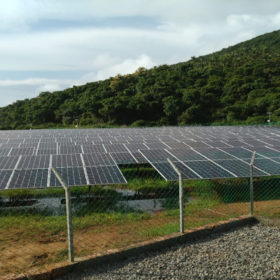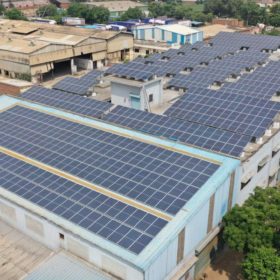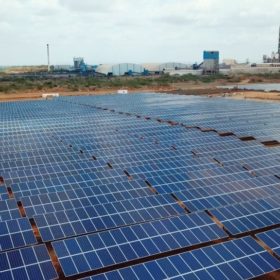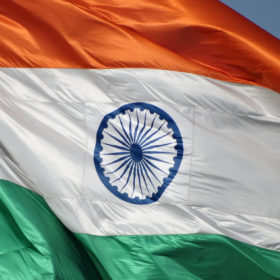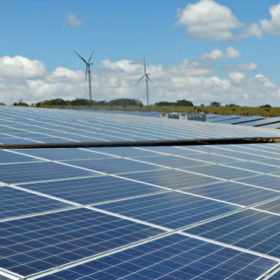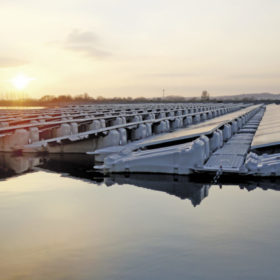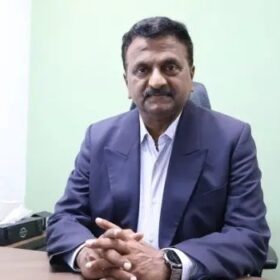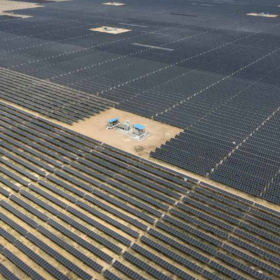BHEL seeks string monitoring boxes for 20MW NTPC solar project
An aggregate 104 quantities of 16-string monitoring boxes are required for the 20 MW NTPC solar project at Gandhar in the state of Gujarat. Bidding closes on August 4.
NTPC opens tender to acquire 1 GW of already-built solar projects
PV plants should have a minimum generation capacity of 50 MW (AC) and offer power at a maximum price of Rs5/kWh.
Largest solar power plant of Navy commissioned in Kerala
The 3 MW solar plant at Indian Naval Academy, Ezhimala, was executed by Kerala State Electronics Development Corporation Ltd (KELTRON).
Azure Power secures Letter of Award for 2 GW Greenshoe option
With this, the NYSE-listed developer has been awarded 4 GW in total as part of an auction won in December, which is one of the largest solar projects ever awarded globally.
Commercial and industrial rooftop solar set to surge
Rooftop solar is the obvious choice to save on electricity costs for businesses as they look to preserve capital and find ways to cut expenses post Covid-19.
Fourth Partner Energy raises US$15 million from Swiss investor responsAbility
The Hyderabad-headquartered developer will utilize the debt funding towards construction of upcoming projects for its clients as it aims to add around 350 MW capacity across both open-access and distributed solar portfolios this fiscal year.
India installed 7.6 GW of solar in the last fiscal year, and plans another 8 GW by April
Some 5.9 GW of utility scale PV generation capacity was added in 2019-20, plus 1.7 GW of rooftop solar, with domestic module manufacturers enjoying around 40% of the market.
India to have 60% electricity generation from renewables by 2030
To support renewable energy integration, the government aims to make the thermal capacity flexible, almost 55% in the first stage and gradually extend it to the entire capacity.
NHPC, GEDCOL sign MoU to develop 500 MW floating solar in Odisha
The two entities shall form a joint venture to plan and develop an aggregate 500 MW of floating solar capacity in a phased manner, preferably in 50 MW packages, in the state.
Vikram Solar plans 3 GW solar factory in Tamil Nadu
The engineering, procurement and construction services contractor – which has a 1.2 GW module production facility near Kolkata – will establish a wafer, cell and module manufacturing site in Tamil Nadu under a five-year timescale.


